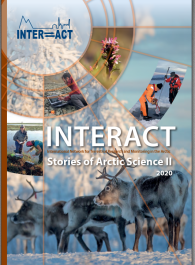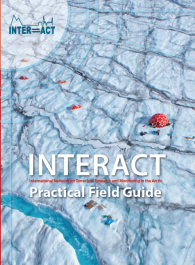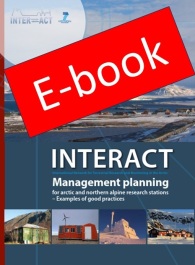ABSTRACT
The INTERACTive e-book takes the reader on a continuing journey through the ArcticDefinitions of the Arctic vary according to environmental, geographical, political, cultural and scientific perspectives. Some scientists define the Arctic as areas having a high latitude, long winters, short, cool summers,... More and neighbouring alpine and forest areas, and presents the excitement and adventure that a group of researchers both enjoy and endure. The book consists of seven highly illustrated sections focusing on: different ways of knowing, human impacts on ArcticDefinitions of the Arctic vary according to environmental, geographical, political, cultural and scientific perspectives. Some scientists define the Arctic as areas having a high latitude, long winters, short, cool summers,... More environments, ecosystemAll the living organisms (including people) in an area as well as its physical environment, functioning together as a unit. An ecosystem is made up of plants, animals, microorganisms, soil,... More services, minimising surprises for society, impacts on local and global societies and ways of working together.
The e-book has been developed to provide wider content for the public, students and school children with videos, animations and activities.
The project was created by INTERACT, a circumarcticAround or encircling the Arctic, as in the environmental and/or administrative regions that surround the Arctic.... More network of more than 88 terrestrial field bases in ArcticDefinitions of the Arctic vary according to environmental, geographical, political, cultural and scientific perspectives. Some scientists define the Arctic as areas having a high latitude, long winters, short, cool summers,... More, alpine and neighbouring forest areas. The main objective of INTERACT is to provide a platform for identifying, understanding, predicting and responding to current environmental changes that take place in the ArcticDefinitions of the Arctic vary according to environmental, geographical, political, cultural and scientific perspectives. Some scientists define the Arctic as areas having a high latitude, long winters, short, cool summers,... More and neighbouring areas.


















